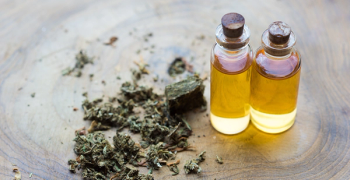
What are some clear-cut methods to recognizing signs and certain types of contamination that can minimize risk and maximize production of pure, clean cannabis?

What are some clear-cut methods to recognizing signs and certain types of contamination that can minimize risk and maximize production of pure, clean cannabis?
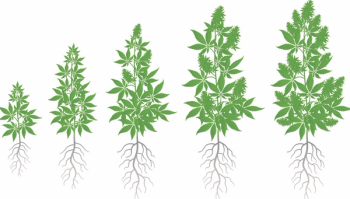
Part I of this article series focuses on the physiology of heavy metal transport and translocation into and within plant tissues.
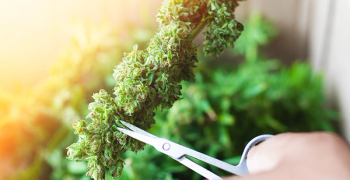
A case study that demonstrates the utility and necessity of environmental screening in a cannabis production and processing facility.

The world of fungi, mold, and mycotoxins is explored and discussed.

Use the techniques described here to pass the state tests and ensure safe cannabis for consumers.
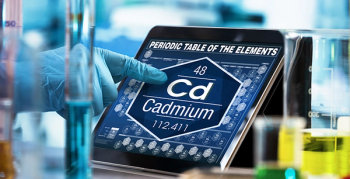
A robust method for identifying heavy metals in cannabis samples using ICP-MS is discussed as well as highlights of the importance of sample preparation methods for a wide range of cannabis products.

Here we look at different sources of potential contamination exposure that may be of concern to both the cannabis industry and the cannabis consumer.

Scientists and testing experts discuss contaminant issues in the wake of a widening vaping emergency
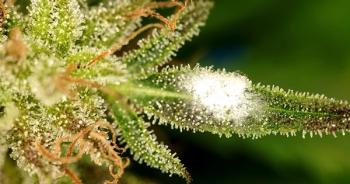
This review article from an experienced pharmaceutical microbiologist discusses the risks of microbial contamination for the full range of cannabis-derived products and recommends the most appropriate microbiological quality requirements for each product.

An explanation on the theory and measurement of water activity, its mode of action for microbial control, existing water activity regulations for cannabis, and more.
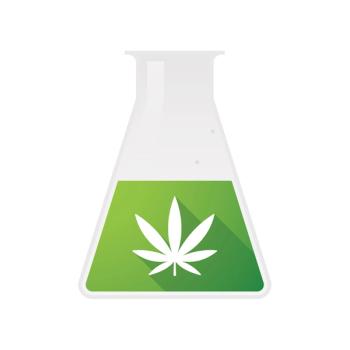
Cannabis laboratories can get different results on identical samples. In this article, the author explains solutions to those problems.
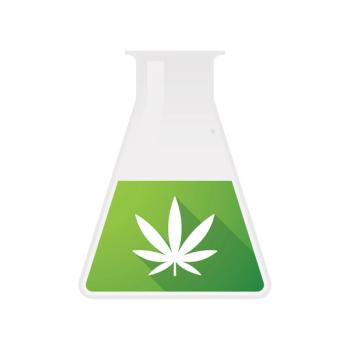
Too often, cannabis laboratories get different results on the same sample. There are a number of causes and solutions. In this installment, the problem is presented along with its causes.
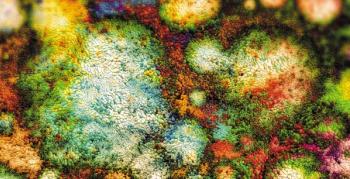
An outline of some of the current major challenges for both regulators and laboratories regarding the microbial testing of cannabis products.
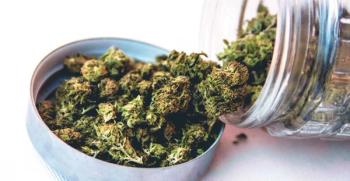
How two different LC–MS/MS methods with ESI and APCI were used for low-level analysis of 72 pesticides

A look at the the basic principles of the major types of microwave digestion technology as well as suggestions as to which might be the best approach based on sample matrix, digestion efficiency, sample throughput, productivity, and overall cost of analysis.

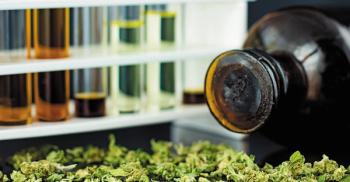

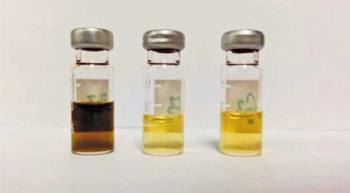
The method described here allows for the simultaneous analysis of 47 pesticides and five mycotoxins in cannabis in one simple QuEChERS procedure. This simple method is designed for implementation in start-up laboratories and in established laboratories that wish to streamline their sample preparation process, decrease solvent usage, and obtain accurate and fast results.

QuEChERS is introduced to the discipline of forensic testing as a viable method for the extraction of pesticides and cannabinoids in various complex sample matrices

An interview with Jeffrey C. Raber